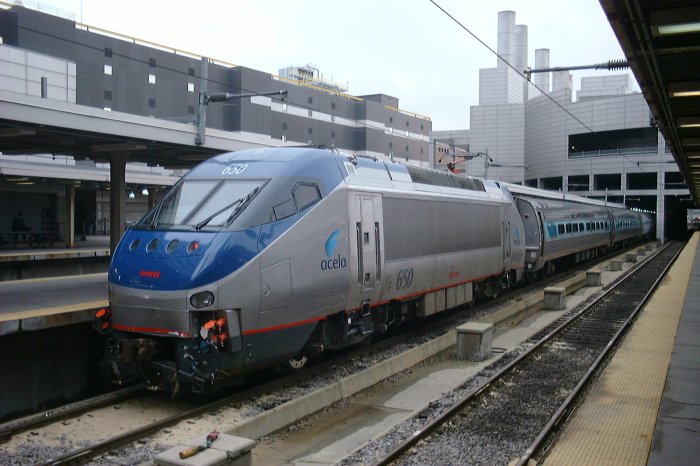We’re all familiar with connecting to WiFi but being able to hear it, well, that’s a completely different matter. But that’s the reality for deaf journalist Frank Swain who collaborated on a project called Phantom Terrains with sound designer Daniel Jones to ‘hack’ his hearing aids so that they could translate WiFi waves into discernible noise such as clicks and pops. The way it works is that router names, signal strength, encryption and distance are all assigned their own tones, which in turn are picked up by Swain’s hearing aids and sent to a smartphone to create a digital map, or soundscape. The 32-year-old, who has been deaf since age 20, explains to Metro what London sounds like through WiFi. Why did you decide to do this experiment?
The goal is to challenge attitudes to hearing loss and to show that hearing aids can be viewed as not just a prosthetic but an enhancement.
What does WiFi sound like?
Very spooky but not really alien. It feels like viewing a secret face of the city – something that nobody except machines can experience.
It seems very peculiar. What have you learnt from this experience?
The most important thing I learned is to rethink what it means to hear. Hearing aids make the world sound strange at first, then the brain adapts. But take them off, and you hear even worse than you did before you got a pair. Your brain becomes integrated with the hearing aids, right down to the unique shape and idiosyncrasies they have. Most people that don’t need assistance to hear don’t value or pay attention to the noises around them. What do you think about that?
Our ability to ignore noise is one of the reasons that I believe hearing is a very good platform for augmented reality. Visual adaptations like Google Glass can be quite distracting, but our brains are very good at monitoring background sound constantly for very long periods, and alerting us if something important changes. So listening to data feeds instead of watching them is a tempting area to work toward. What are your plans for the future of Phantom Terrains?
We hope to use the system to explore more cities and to map their digital terrains, and build on what kinds of information I can add to my soundscape.


















